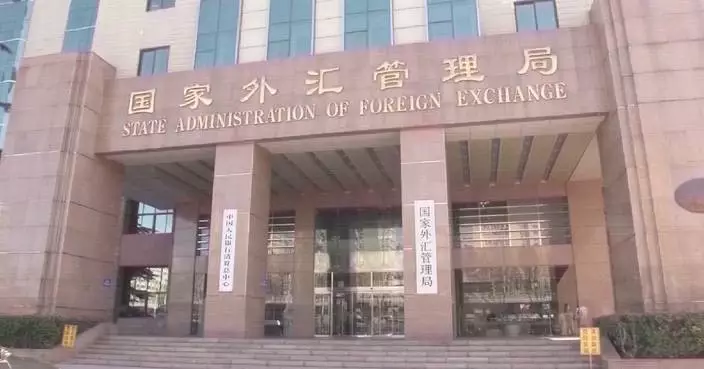A low-altitude test flight for a new helicopter passenger route between the eastern Chinese metropolis of Shanghai and the neighboring Zhejiang Province was completed on Monday ahead of its official opening, with the route offering speedy transportation services with ticket prices starting at 1,400 yuan (just under 200 U.S. dollars).
The test flight took off from Shanghai's Pudong District and was bound for the Haining Transportation Center in Zhejiang, with the NicoHU Shanghai Jinshan Floating Airport serving as a stopover.
The pilot confirmed just how quick the journey was over the more than 100-kilometer distance, with the new route set to deliver considerable convenience to clients.
"We took off from the Xingye Helicopter flight base in Pudong at 07:32 and landed at NicoHU Shanghai Jinshan Floating Airport at 07:48. The flight takes just 16 minutes," said Xu Jianjun, captain of the test helicopter.
The quick travel time is attracting many potential customers and Li Chongwen, manager of the Shanghai Jinshan General Aviation Industry Development company, noted that there has been a number of inquiries from clients about potential chartered flights to Haining.
Each helicopter has the capacity to accommodate four passengers, with each able to carry one small item of luggage weighing no more than 15 kilograms.
One-way tickets for the new route range from 1,400 to 2,600 yuan (around 200 U.S. dollars to 370 U.S. dollars) per passenger, while chartered flights will cost between 6,000 and 9,800 yuan (around 850 to 1,400 U.S. dollars) for customized services.
China has developing its low-altitude economy sector, an economic concept that relies on low-altitude airspace, in which unmanned aircraft like drones, as well as helicopters and flying cars play a dominant role. It involves economic sectors such as low-altitude flight, air tourism, passenger transportation, general aviation services, scientific research and education, among others.
The fast-growing sector is expected to reach a total scale of some 2 trillion yuan (over 280 billion U.S. dollars) by 2030.

Low-altitude test flight completed for new passenger route in Yangtze River Delta

Low-altitude test flight completed for new passenger route in Yangtze River Delta

Low-altitude test flight completed for new passenger route in Yangtze River Delta









